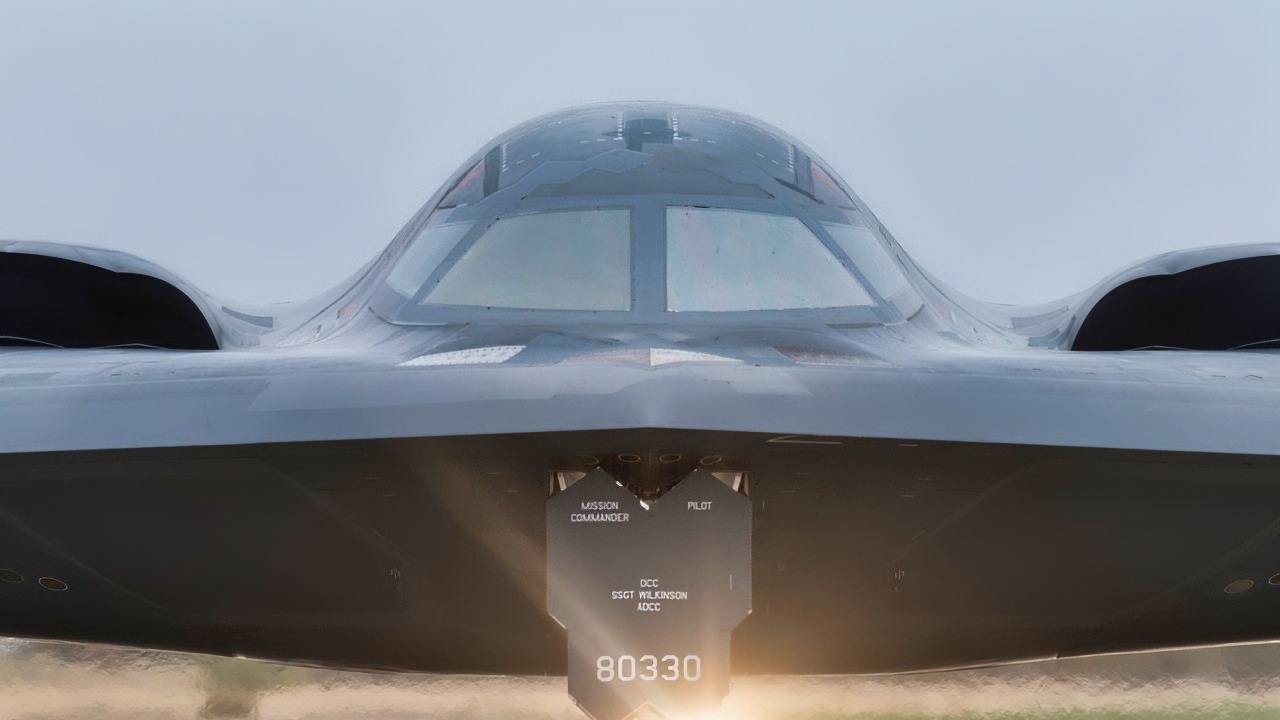Key Points and Summary – Amid high tensions, a high-ranking Iranian official has warned that Tehran could “hit Washington directly” with its missiles.
-However, this threat comes with a major catch.
-While Iran possesses the largest and most diverse missile arsenal in the Middle East, it does not have any intercontinental ballistic missiles (ICBMs).
-To strike the U.S. mainland, the Iranian military would need to move warships to within 2,000 miles of the American coast to launch its existing medium-range missiles—a highly risky maneuver that U.S. forces would almost certainly detect and prevent.
Iran Could Strike U.S. With Missiles – With One Catch
While Iranian officials are reportedly engaging in rushed talks with Britain, France, and Germany as an end-of-August deadline for diplomacy inches closer, the threat of future conflict between Iran and Israel remains high. Some analysts have suggested that renewed Israeli strikes could occur before the end of the year, and should Washington support Israel in its efforts, Iranian officials have warned that it could result in direct attacks on U.S. soil.
Most recently, Amir Hayat-Moqaddam, a member of the Iranian parliament who sits on the National Security and Foreign Policy Committee, suggested that Iran’s next missile could “hit Washington directly.”
“We can target America from the sea. The Aerospace Force of the IRGC has been working for 20 years on making it possible to strike America from Iranian ships. Even if we have not yet reached this technology, it remains within our grasp,” Hayat-Moqaddam told Didban Iran.
It is not the first time a threat like this has been made, and with Tehran adamant to continue its nuclear program, it’s not hard to see why.
With inadequate air defenses, an aging Air Force fleet, and the prospect of Israel finishing the job by targeting the country’s remaining nuclear scientists and officials, threats of direct strikes serve – in theory – as a warning to Washington to refrain from future strikes.
Iran and The Missiles: A Threat to USA?
The question is: can Iranian missiles reach the United States? And will it develop an intercontinental ballistic missile that could?
During his recent conversation with Didban Iran, Hayat-Moqaddam summed up Iran’s current missile capabilities and how it could, in theory, reach the United States.
The Iranian lawmaker said that existing missile technology would allow the Iranian military to strike France, Germany, and the United Kingdom – as well as the rest of Western and Eastern Europe.
However, to reach the United States, he said that vessels would be required to move close enough to the United States to strike major cities like Washington or New York. Specifically, he said that Iranian vessels could be deployed to within 2,000 miles of U.S. shores – and that it could be achieved within a day.
Putting aside the fact that the United States could likely respond to that kind of movement quickly and decisively, effectively preventing an Iranian strike before it could even occur, striking the U.S. would only be possible with more conventional missile technology.
At present, Iran does not possess intercontinental ballistic missiles, with its missile program focusing largely on medium-range ballistic missiles with ranges below 3,400 miles.
The ICBM Challenge for Iran
Iran does, in fact, possess the biggest and most diverse missile arsenal in the Middle East – but despite thousands of ballistic and cruise missiles in its arsenal, it does not possess a single ICBM.
A combination of technological hurdles and a lack of access to necessary industrial assets and expertise mean it could be some time before Iran develops a missile capable of delivering a nuclear payload further than its current limit of 2,000 miles.
About the Author:
Jack Buckby is a British author, counter-extremism researcher, and journalist based in New York who writes frequently for National Security Journal. Reporting on the U.K., Europe, and the U.S., he works to analyze and understand left-wing and right-wing radicalization, and reports on Western governments’ approaches to the pressing issues of today. His books and research papers explore these themes and propose pragmatic solutions to our increasingly polarized society. His latest book is The Truth Teller: RFK Jr. and the Case for a Post-Partisan Presidency.
More Military
Help, Tom Cruise: The SR-72 Darkstar Has a Problem










